

Videogame launches are hard. You need look no further than the release of SimCity, which shipped with unplayably broken DRM. Similarly, Battlefield 4 and Grand Theft Auto 5 had seriously broken multiplayer on release.
Even when games actually work, they can mess up first impressions in other ways, be it through intrusive microtransactions (like Dragon Age: Origins, which stops quests mid-way to prompt the user to pay for them), or integral story content cut from the game to become launch-day DLC (like the Javik plotline in Mass Effect 3). We’ve talked about these problems before, but they’re as big now as ever. This stuff can poison the public’s goodwill and cost developers a lot of money. Worse, it can ruin an otherwise great game for a lot of people.

Which is why it’s so nice to see a company get it right. The Witcher, a beloved fantasy gaming franchise, released its third installment yesterday, entitled The Witcher 3: Wild Hunt. My colleague Dave LeClair has been looking forward to it since 2013. The developers, Polish studio CD Projekt Red, garnered a great deal of praise for the launch, both of the game itself and the limited edition version. Today, I’d like to take a look at what they got right, and why so many other companies mess it up.
The complaints people have about game launches break down into two main categories: technical problems and content problems.
Technical problems of some form are unavoidable when launching a sufficiently big project, and The Witcher 3 is no exception: early reports say that some PS4 players are having issues with the game hanging on loading screens, but these reports are sparse and don’t seem to be affecting the player-base at large.
That said, the issue isn’t as bad as it could be. The most broken games, on launch, tend to be broken due to DRM or online functionality. When Steam launched with Half Life 2 back in 2004, it was a disaster. The DRM features didn’t work, and most people couldn’t play the game for weeks after release. Ten years on, the platform is almost universally beloved, but it took Valve a long time to regain users’ trust.
Likewise, plenty of multiplayer games launch with serious problems. Missing a development deadline is bad news in the gaming world, and serious bugs can be overlooked in the rush to get a product out the door.
The Witcher 3, in contrast, has been delayed several times, as the developers felt that it was necessary to ship a quality product. According to a statement released at the time:
“Explaining the second delay was even easier for us. I am sorry about the problems Assassin’s Creed Unity faced at launch, but developers were forced to respect that release date and they could only limit the damage. Unity’s case made our decision simpler because it showed to our backers what could have happened to The Witcher 3, too. In the end, we were able to get all the time we needed.”
The developers even opted to skip a holiday release to do this, which is a pretty good indication to an internal commitment to producing a quality product. That’s something I respect, and it’s why the Witcher 3 clears it’s first and lowest hurdle — actually working.
It helps that the game ships with no DRM on the PC, via the Good Old Games platform, and is generally polished. That means that, when the game launched, the internet didn’t fill up with very many frustrated people struggling to play the game they spent $60 on.
It also helps that the game itself shows every indication of being good. I haven’t had a chance to play it yet, but my colleague Rachel is live-tweeting the game right now, and seems to be enjoying it. It also has a critic rating of 92 on MetaCritic as of this writing.
Combat is pretty fluid and comfortable. I got the hang of it pretty quickly. #TheWitcher3
— Rachel Kaser (@rachel_knows) May 20, 2015
Character models and scenery are beautiful. Took a moment for the lips to start matching the dialogue, but it’s good now. #TheWitcher3 — Rachel Kaser (@rachel_knows) May 20, 2015
The other potential problem that comes up at launch has to do with the way games are produced and monetized. On the PC side of the equation, piracy is a huge problem. The Witcher 2 was pirated 4.5 million times – and only purchased about one million times. If even a fraction of those pirates would otherwise have bought the game, then the team is missing out on a lot of cash. The response, from most of the gaming industry, has been to move towards content distribution models that are more resilient against piracy: namely, DLC and microtransactions. The result has been a slow, tense negotiation, between developers and gamers, defining the line of acceptable behavior. When a company crosses the invisible line, fans get upset, and the resulting bad blood can ruin a launch.
Most AAA games cost about $60, depending on where you life. If developers can remove 2o% of the game and sell it back to the player as three to four $10 DLCs, and then convince the player to buy a few $5 weapons and skins, they’ve nearly doubled the profitability of the game. The goal, for many developers, seems to be giving players less content for more money, in any way possible. If that means nickel-and-diming players to death, so be it. Practices like launch-day DLC and intrusive microtransaction prompts are obviously bad for users, and fans of franchises with recent installments marred by this stuff are understandably upset.
Now let’s look at The Witcher 3. The base version of the game costs $60, and comes with a soundtrack disk, a manual, a map, some stickers, and a thank you note. Seriously. I’ve seen ‘collectors editions’ that came with less stuff than that. Here are some pictures, courtesy of my colleague, Rachel Kaser:

Inside the manual:

The note:

The soundtrack disk:

The note promises that over the coming months, everyone who buys the game will get 16 pieces of DLC, free of charge, as well as continuing technical support and patches.
There will also be paid DLC, but it isn’t launch content (meaning it wasn’t cut from the base game), and it’ll be substantial. Two pieces of major DLC, which will cost $25 together, will add about 30 hours of gameplay, which is in line with other well-received DLC, like Bioshock Infinite’s Burial at Sea and The Last of Us’ Left Behind. This model allows developers to make more profit off of their investment in the engine and assets, but it does so by giving the users more content. As a result, it doesn’t feel like it’s trying to take advantage of us.
The $100 Collectors Edition also comes with some really neat stuff: along with everything in the standard edition, it also comes with a large art book, a necklace, and a rad statue of the protagonist, Geralt, stabbing a fantasy creature with a sword. Again – you’re getting a lot for your money. The box it comes in is bigger than a dog, for goodness sakes.
I think the key thing that The Witcher 3 gets right here is that it doesn’t fall into the trap of developing games based on what pirates are going to do. Piracy legitimately sucks for developers, but most of the ways of trying to deal with it primarily hurt legitimate customers. In contrast, the Witcher 3 is designed for the people who actually buy games – it’s designed to give players a good reason to spend money on it, and the results are paying off: there’s three different posts on r/gaming right now talking about how happy they are with their purchase, and zero that are angry. That’s PR you can’t buy. Well, you probably can, but it’d be expensive.
So, the real question is, will The Witcher 3 do well enough for giants like EA and Ubisoft to take notice, and start to change their launch practices to be more consumer-friendly? Time will tell. For now, I have a game to buy.
Have you played The Witcher 3 yet? How’s the game? Is the soundtrack solid? Anyone pick up the special edition? Interested to hear your thoughts in the comments!
Image credits: Wired
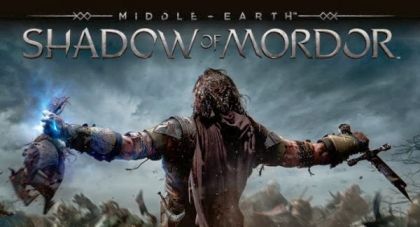
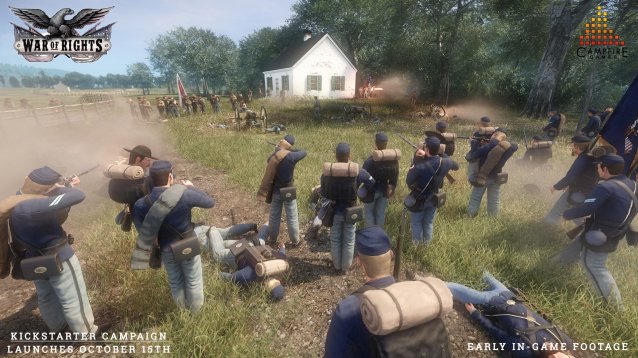
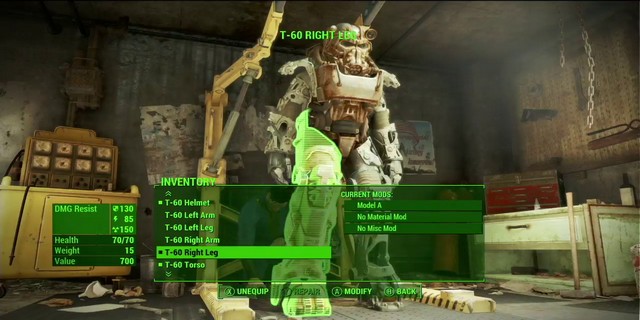

 Metal Gear Online How to Customize Characters
Metal Gear Online How to Customize Characters Fallout 4 Guide: How To Conserve Settlement Space With Floating Buildings
Fallout 4 Guide: How To Conserve Settlement Space With Floating Buildings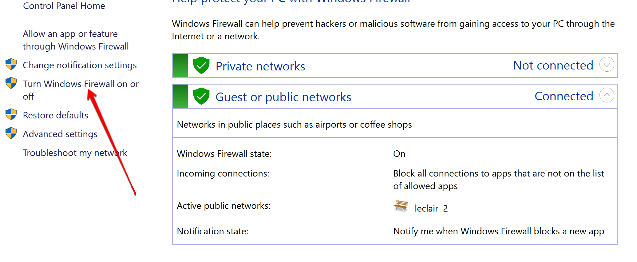 Can't Install Fonts on Windows 10? The Solution Is Beyond Weird
Can't Install Fonts on Windows 10? The Solution Is Beyond Weird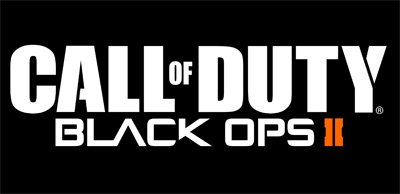 Call of Duty Black Ops 2 Guide
Call of Duty Black Ops 2 Guide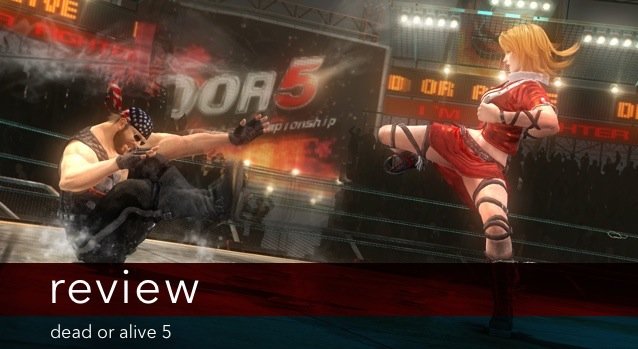 Review: Dead or Alive 5
Review: Dead or Alive 5